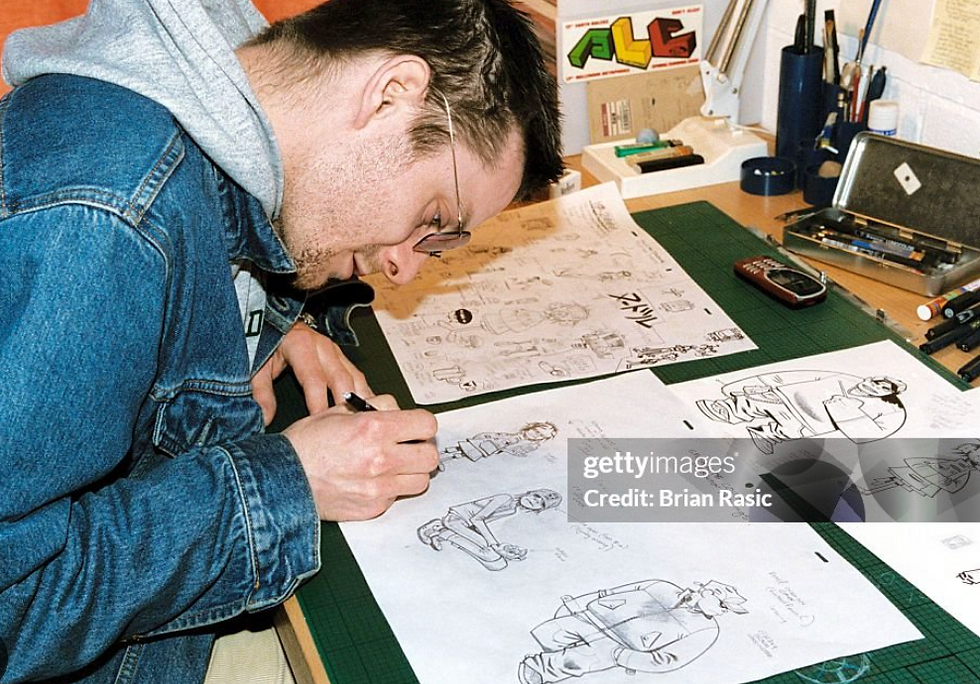- Joe Rey

- Jan 12
- 1 min read
Unheard Michael Jackson Blooper on "The Girl Is Mine"
"The Girl Is Mine" is a song written by Michael Jackson released as the third track from the Thriller album. It was released as a single on October 18, 1982, serving as the lead single from the album and the only song to be released as a single in the same year as the album's release. It features Paul McCartney on guest vocals.
The track was produced by Quincy Jones and recorded between April 14-16, 1982 at Westlake Recording Studios. It was the fourth and final collaboration between McCartney and Jackson.

























































































%20NEW-03.png)







